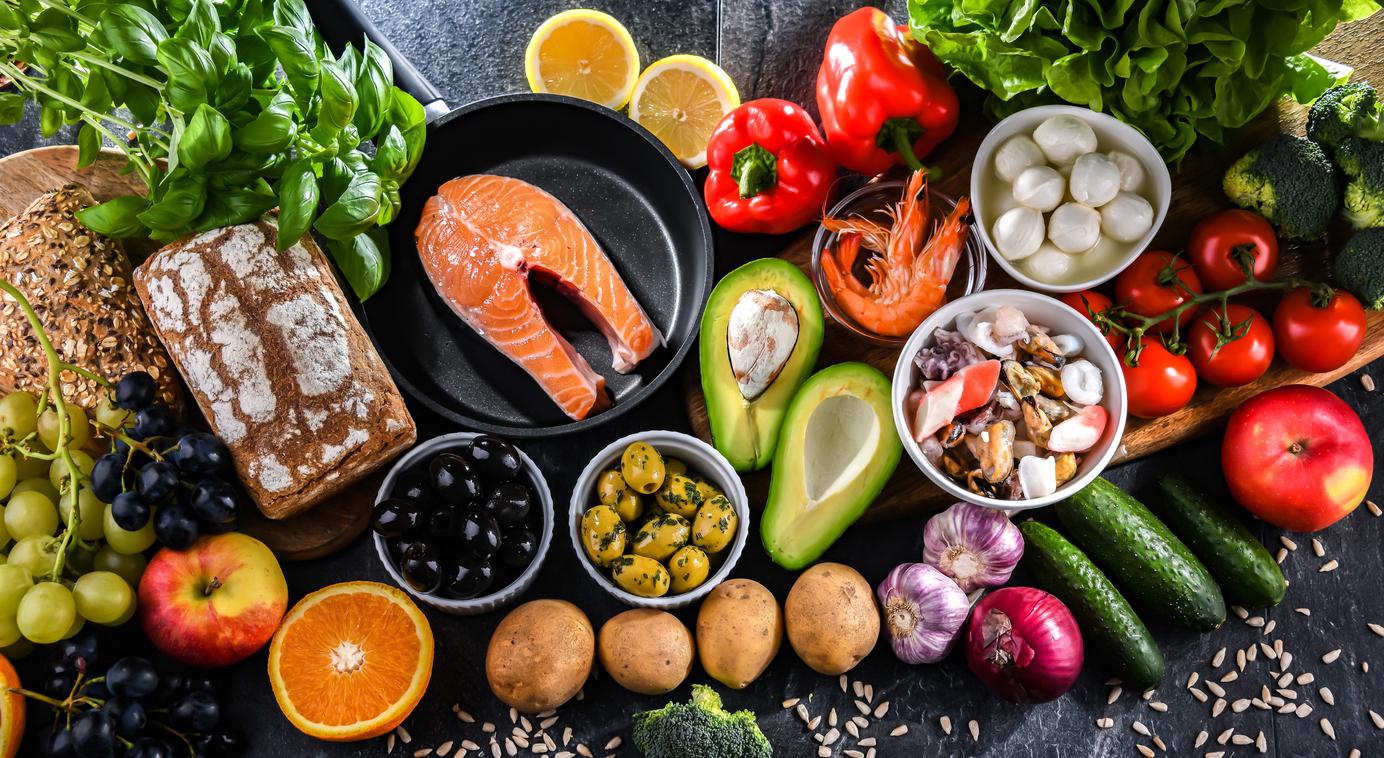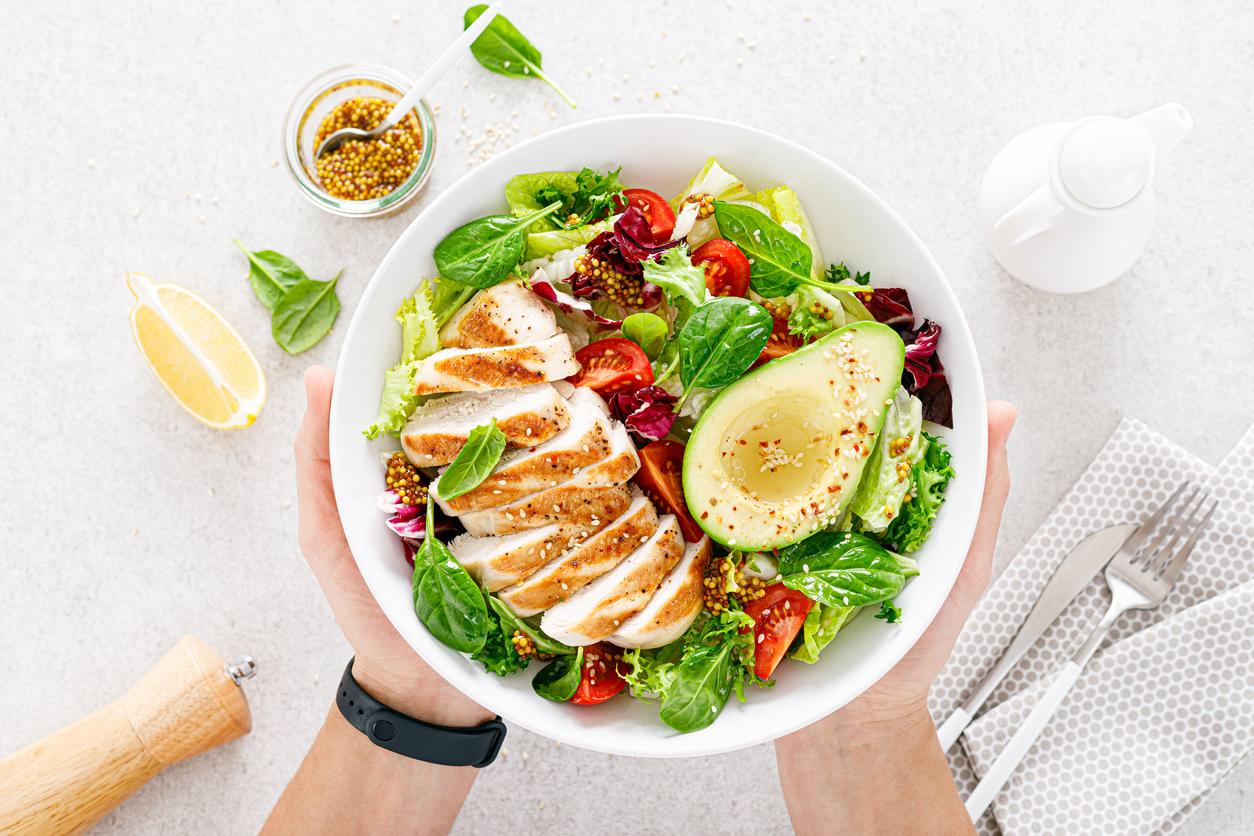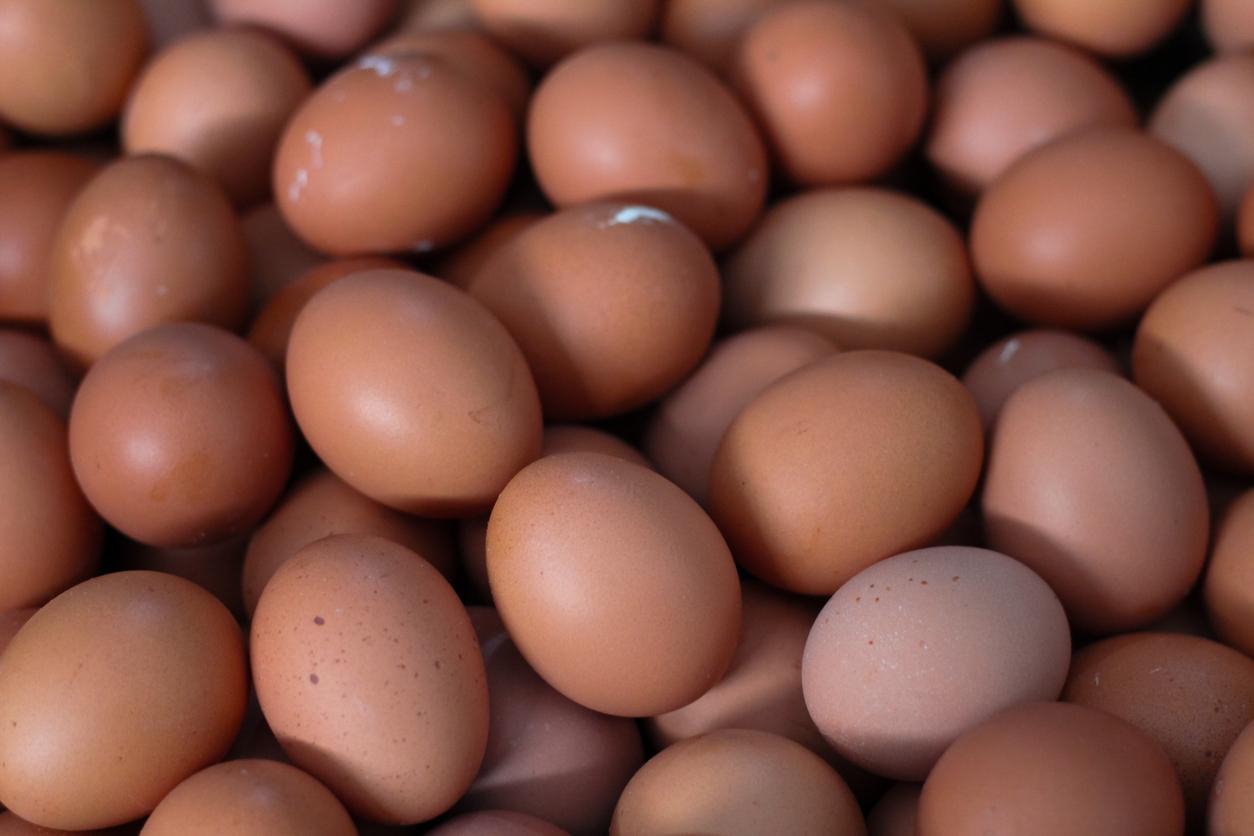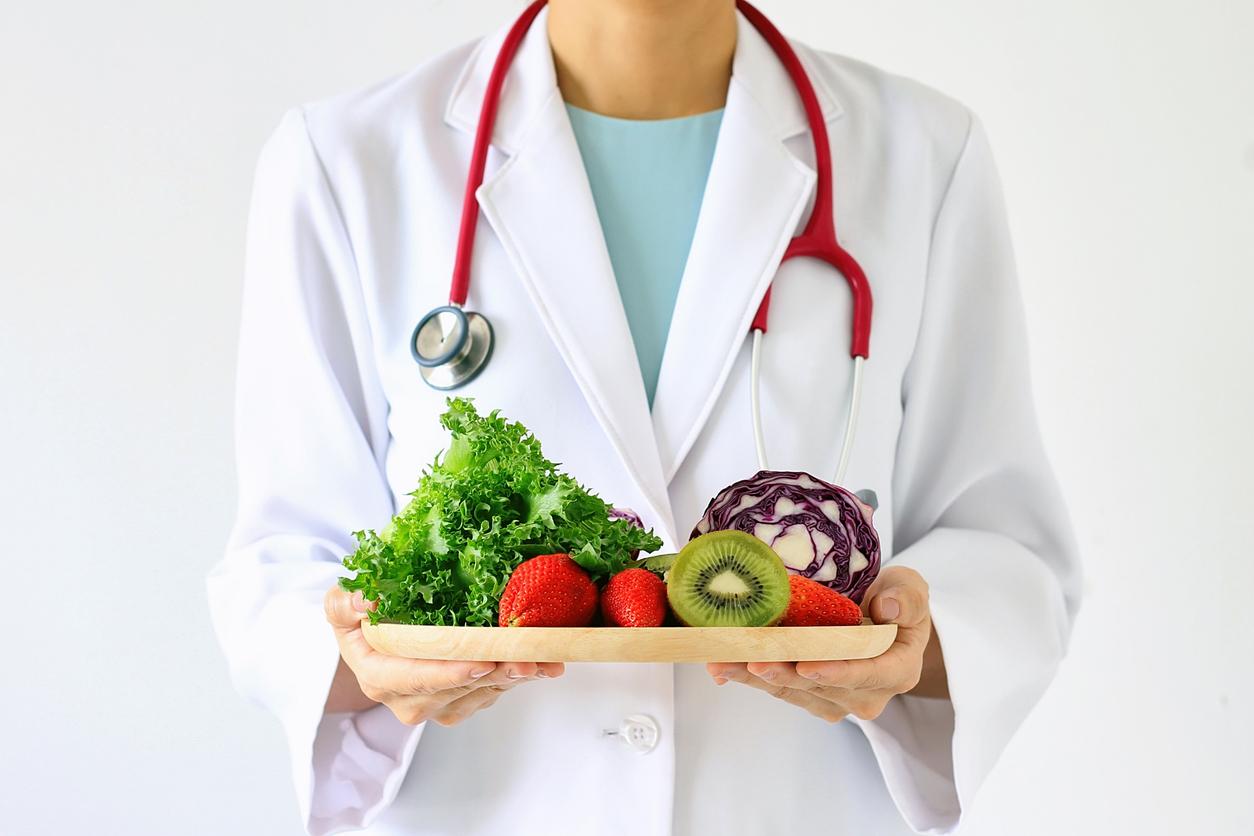Adopting a diet rich in fruits, vegetables, legumes, whole grains and oily fish helps prevent the development of AMD, a degenerative disease which is the leading cause of visual impairment in seniors.

- Lutein and zeaxanthin are carotenoids that play a very specific role for the eye.
- These two elements are not synthesized by our body, which is why we must absorb them through our diet.
- A higher concentration of carotenoids in the plasma, in particular lutein and zeaxanthin, reduces the risk of developing an advanced form of AMD by 37%.
To see well, it is essential to eat well. In a new study published on June 15 in the journal NutrientsInserm researchers have demonstrated a link between circulating carotenoids, which are protective plant pigments for the retina, and a reduced risk of developing age-related macular degeneration, AMD, a degenerative disease which is the leading cause of visual impairment in seniors.
Lutein and zeaxanthin play a role for the eye
AMD is a degenerative disease that affects the central part of the retina. This can take two different forms. If the retina is wet, then we speak of neovascular AMD and if it is dry, we speak of atrophic AMD. There is currently no treatment to cure it, but it is possible to prevent it or slow its progression. “For twenty years, researchers have been interested in the link between nutrition and AMDensures Inserm in a statement. We now know that many foods can slow down degeneration: fatty acids (omega 3), antioxidants (vitamins C, zinc, etc.). They protect the macula, the area of the eye affected by AMD which is located in the center of the retina..”
In this study, researchers followed 609 people aged 73 on average for eight years to understand the effect of diet on AMD. “This work is the first longitudinal study to identify this association.“, says Inserm. Specifically, scientists have studied the link between the presence of lutein and zeaxanthin in plasma and the appearance of AMD. “Lutein and zeaxanthin are part of the large family of carotenoidsthe statement said. They are found in particular in orange-yellow fruits such as citrus fruits or tomatoes, as well as in green leafy vegetables, such as spinach, cabbage and Swiss chard. These are pigments that play a very specific role for the eye since they are present in high concentration in the macula. They are not synthesized by our body, which is why we must absorb them through our diet.”
A risk reduced by 37%
The researchers took blood samples to demonstrate an objective association between circulating levels of lutein and zeaxanthin and a reduced risk of AMD. “A higher concentration of carotenoids in the plasma, in particular lutein and zeaxanthin, reduces the risk of developing an advanced form of AMD by 37%.”, report the authors of the study. This reduction concerned the atrophic and neovascular forms of the disease. “Beyond lutein and zeaxanthin, no other carotenoid has been associated with such a reduced risk”, note the researchers. Lutein and zeaxanthin absorb blue light and act as an antioxidant to protect the retina from oxidative stress. These two actions have the effect of reducing the risk of AMD.
For the researchers, preference should be given to orange-yellow fruits and vegetables (tomatoes, carrots, citrus fruits), as well as green leafy vegetables (cabbage, spinach). “If we want to go a little further, the most beneficial diet to prevent AMD would be a Mediterranean-type diet, rich in fruits and vegetables and which provides enough omega 3 thanks to fatty fish.”, emphasizes Bénédicte Merle, author of the study.

















